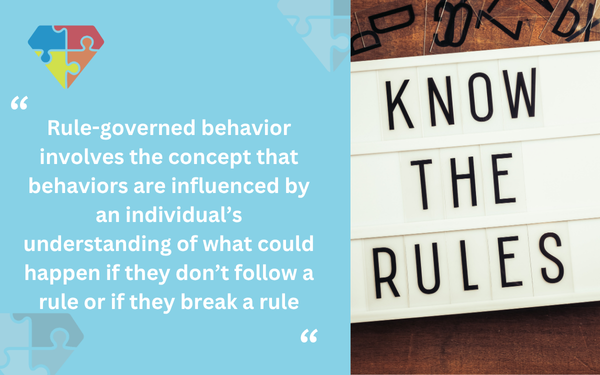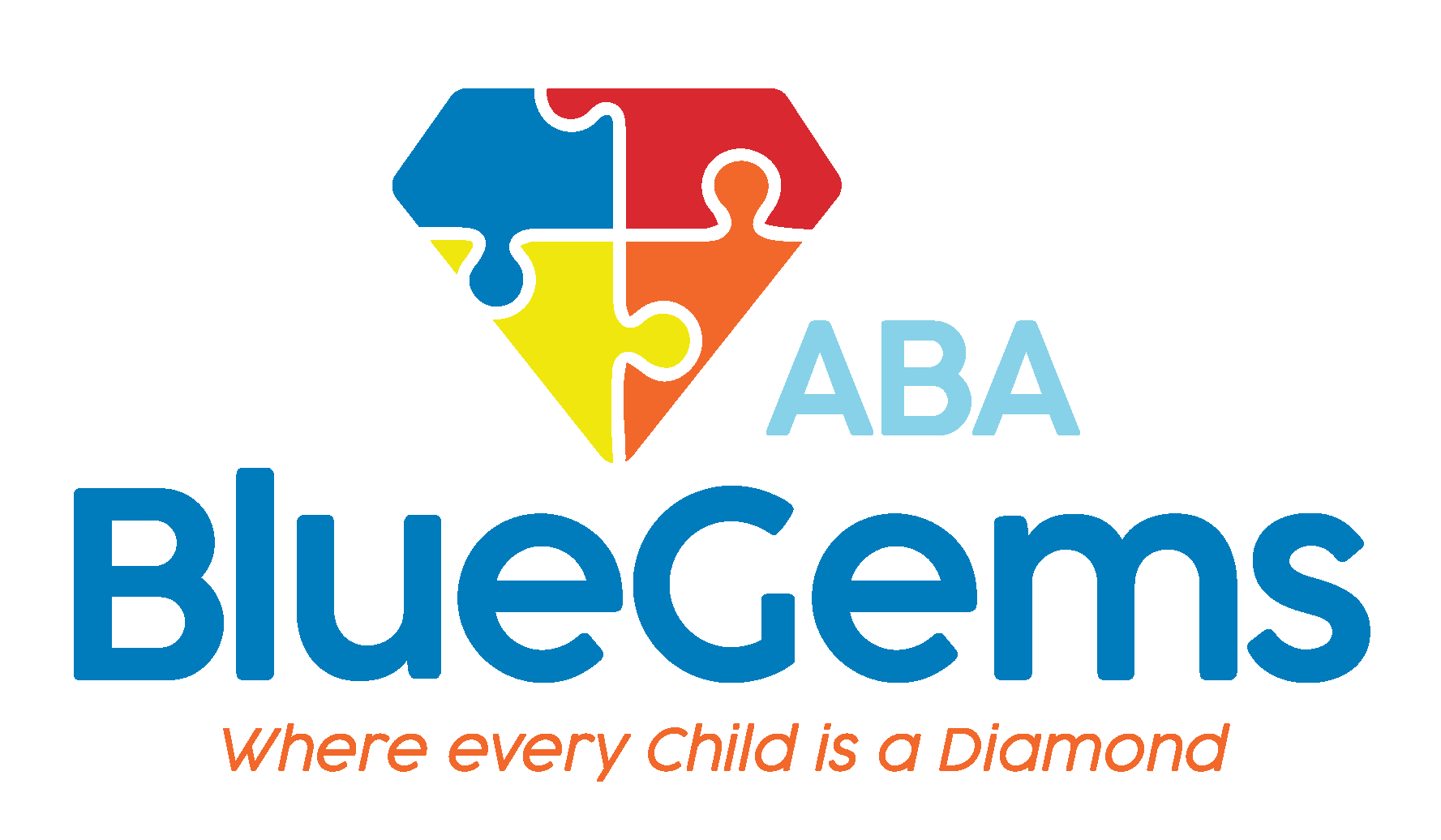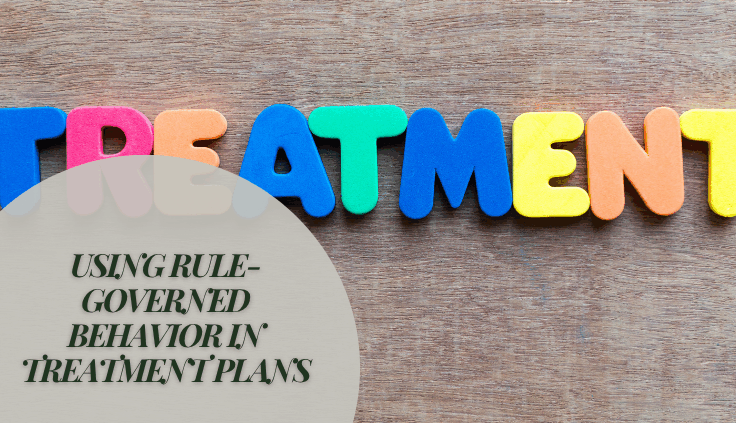Using Rule-Governed Behavior in Treatment Plans
Rules provide structure and guidance for everyone. They help keep us safe, act in ways that we are expected to in different situations and help guide us to complete tasks from start to finish.
Teaching children rules can be challenging for parents, as they introduce new concepts and confinements that they haven’t experienced before. Yet, they also can prove invaluable, especially for children who have autism spectrum disorder (ASD).
Applied behavior analysis, or ABA therapy, is considered the gold standard of treatment for children on the autism spectrum. Using evidence-based approaches, ABA therapy can help children with autism learn and follow rules that keep them safe, meet social expectations and function in a complicated world.
A main strategy that ABA therapy uses in this regard is called rule-governed behavior (RGB). We’ll describe how therapists use rule-governed behavior in ABA therapy treatment plans below
Table Of Contents
What is Rule-Governed Behavior?
Rule-governed behavior involves the concept that behaviors are influenced by an individual’s understanding of what could happen if they don’t follow a rule or if they break a rule. Actions are controlled by either written or verbal instructions in this strategy, instead of by direct experience.

The rules in this term come in various forms, whether it be a social story, visual schedule or spoken directions. According to analyses conducted by famed behaviorist B.F. Skinner, verbal stimuli controls rule-governed behavior. In other words, statements describe the defined relationship between an action and its consequences.
The challenge is that the consequences that ultimately influence each behavior are often improbable, not experienced directly or delayed.
As such, the rule in this case functions as one establishing operation, which influences the patient to not break the rule since it’s aversively motivating.
In layman’s terms, the framework of RBG is that an individual’s behavior can be regulated and/or modified by consequences that are outlined either by being written or verbalize as a rule — even if that individually has never personally experience any of the negative associated outcomes.
In ABA therapy, RGB involves not reinforcing the behavior but rather governing it through teaching a rule.
| ABA Strategy | How It Supports RGB | Tools Used | Real-Life Application |
|---|---|---|---|
| DTT (Discrete Trial Training) | Breaks down rules into small steps | Tokens, prompts | “Wait your turn” during play |
| NET (Natural Environment Training) | Teaches rules in natural settings | Modeling, role-play | Follow rules at playground |
| Visual Supports | Make rules concrete | Charts, schedules, stories | Morning routine steps |
| Reinforcement | Encourages rule-following | Praise, rewards | Motivation to comply |
What Are Some Examples of How RGB is Used at Home?
The above may sound technical, but there are many practical ways in which many parents are probably already incorporating RGB in their home.
Morning routines are one example. Setting up rules such as brush your teeth, put on your clothes and eat breakfast can all be parts of how RGB can set up expectations for the morning and help make morning routines easier and more effective for everyone.
These rules are essentially all steps that the child must complete every morning before the family leaves the house for work and school/therapy obligations.
There are many other practical ways in which RGB is integrated at home, including teaching safety rules such as don’t touch the stove, stop at a stop sign or red light, or wait until mom says you can go; and social expectations such as ask before you take someone else’s toy and take turns if you’re playing with friends.
How Does ABA Therapy Teach Rule-Governed Behavior?
Some of the foundational strategies of ABA therapy prove very effective at teaching rule-governed behavior. This includes Natural Environment Training (NET), which helps children generalize skills they learn across various settings, and Discrete Trial Training (DTT), which provides a structured approach to teaching skills in smaller, manageable steps.
Each of these strategies emphasize setting up clear expectations, and then integrates visual supports such as social stories, visual schedules and charts to make the rules easier to understand.
Therapists will use positive reinforcement during the lessons, which can include tokens, extra praise or tangible rewards. They’ll also use prompts to initiate behaviors and then fade them away over time to truly generalize the skills.
ABA therapy will typically also use role-playing and modeling activities so that children can see how the skills are applicable to their daily life and then practice those skills. Many children are also eventually taught how to self-monitor their behaviors so they can learn to live more independently.
Blue Gems ABA Can Teach Rule-Governed Behavior
Following rules is essential for all children, but children with ASD especially thrive with rules, structures and routines. That’s why rule-governed behavior is incorporated into ABA therapy treatment plans.
At Blue Gems ABA, our therapy teams use many different strategies to teach children with autism various essential life skills, in addition to helping them build communication and social skills, as well as learning how to modify certain behaviors.
By crafting all treatment plans on an individual basis, we help children on the autism spectrum live as independently as possible.
To learn more, please contact us today.




